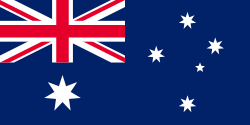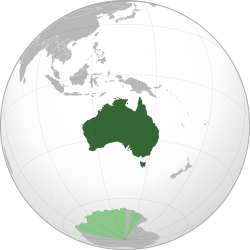An editor has nominated this article for deletion. You are welcome to participate in the deletion discussion , which will decide whether to keep it. |



The following is an alphabetical list of articles related to Australia .
An editor has nominated this article for deletion. You are welcome to participate in the deletion discussion , which will decide whether to keep it. |



The following is an alphabetical list of articles related to Australia .
Search all pages with prefix
Search all pages with title